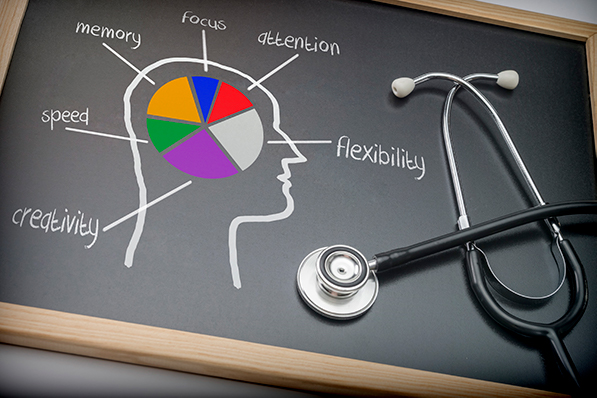A few years back I was running some training in Japan. I was excited to be there, and for the first time in my life finding myself feeling like a foreigner – not just because of the unfamiliar language and writing, but because of my western hemisphere looks! I’d been to many different countries, but this was the first time I felt I looked so different from everyone around me (and perhaps how South-East Asian visitors feel when they visit the UK).
On arrival, I caught a train into Tokyo centre near to my hotel. Just as expected, the train was comfortable, fast and running perfectly to schedule. I also noticed the occasional person wearing a face mask.
After work was done, I had a couple of days for some site seeing. After some brilliant help from one of the hotel staff, I had the confidence to use the Tokyo Subway to make way through the list of must-see places. In the subway station, there were people handing out face masks to anyone that seemed to want one. Were people afraid of catching something? There were only a small number of people wearing masks, but it was curious.
That evening I was fortunate to have been invited to dinner by my contact at the company I’d done the training for. She bought a colleague with her, who was wearing a mask! Finally, I was going to be able to ask… what is it with the mask-wearing?
The answer humbled me. I’d not been quite forward enough to ask the person wearing the mask why he was wearing it, so in an opportune moment, I asked my host. She explained simply, ‘he thinks he has a cold coming, and he doesn’t want us to catch it.’ After a little further discussion, I realised that those people wearing masks are doing so to protect their fellow commuters, friends and colleagues. With my individualistic culture upbringing, I’d assumed the masks were about the protection of the wearer – and although that may have been sometimes true, the thought that this was a selfless act had highlighted my self-oriented thinking, but had also given me a good feeling about all those mask wearers.
I now wear a mask when I visit the supermarket. I don’t have any reason to think I have a virus to share, but on principle, feel a duty to give those around me some comfort. Though, at least as I write this, it seems to be a rare thing. In our culture, we don’t do masks, and many of those wearing them are doing so because they want to protect themselves.
We should be responsible for protecting ourselves, of course. But we also bear some responsibility for our impact on those around us, and that’s a great reason to wear a mask – or, more broadly a face-cover. So, wear a face-cover because you care, just one more thing we can do to help us all get safely through this, now, not quite so odd, time. For a more detailed discussion of masks and why wear them, The Conversation has a helpful recent article Does your face mask protect you, or other people?
Live well,
-Mark






